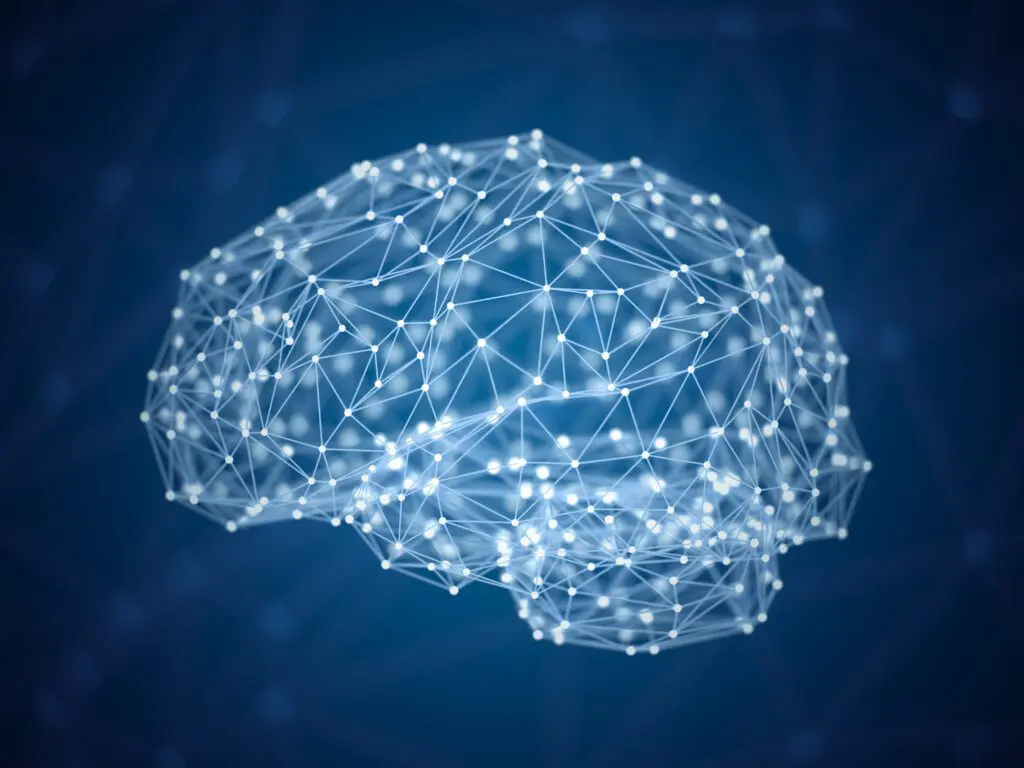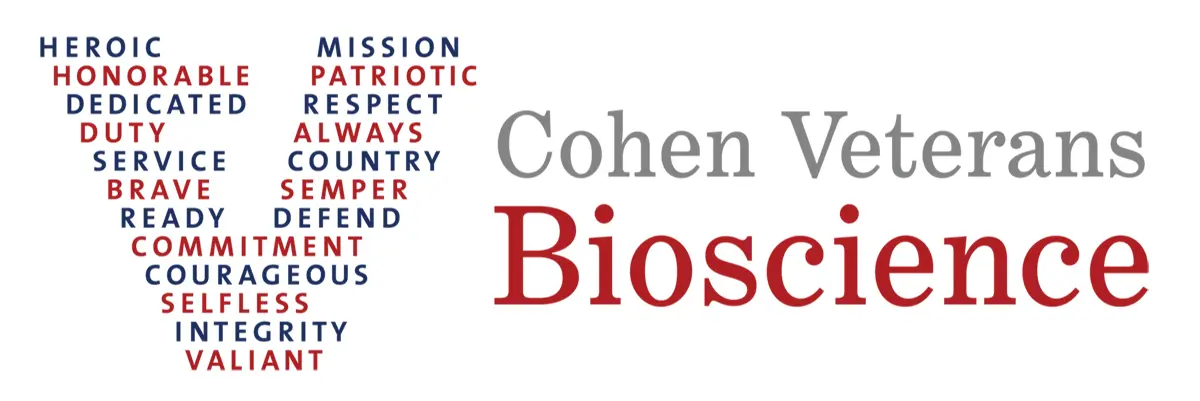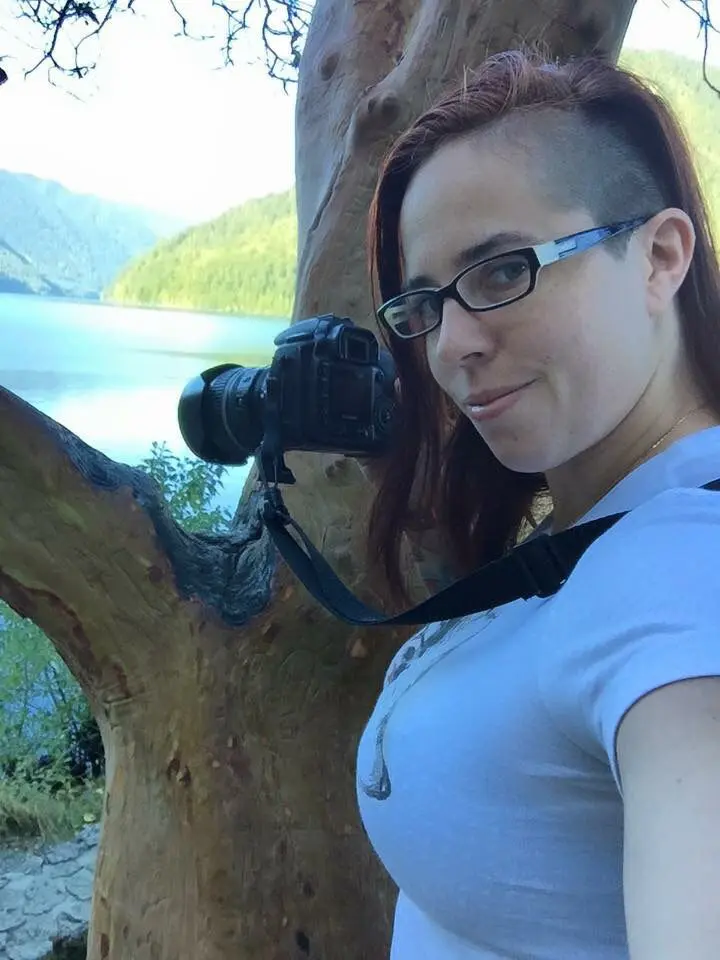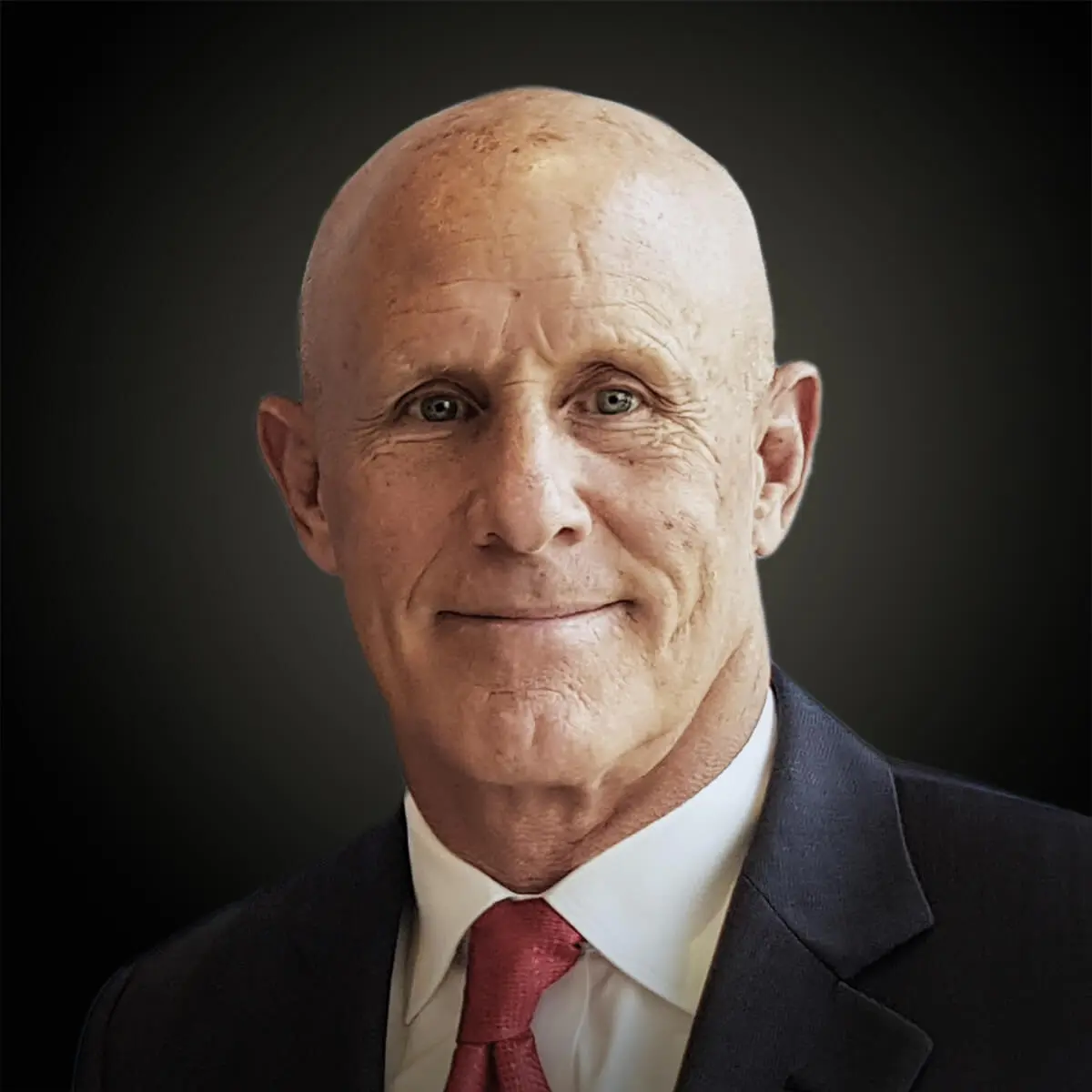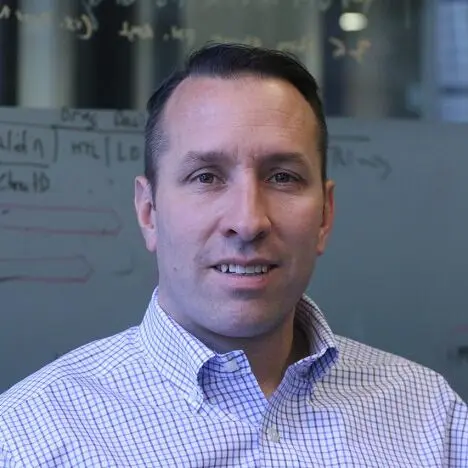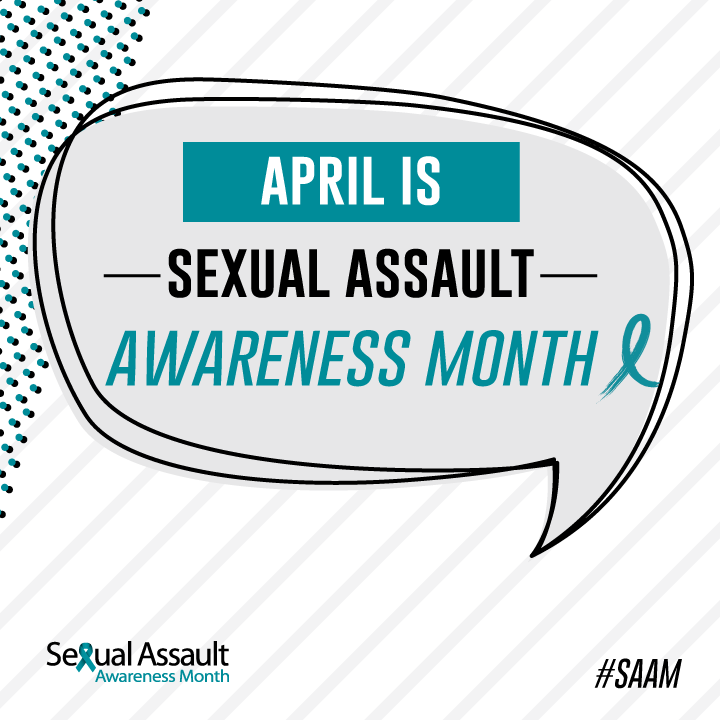April is Sexual Assault Awareness Month.
The goal of Sexual Assault Awareness Month (SAAM) is to increase awareness of the prevalence of sexual violence and to provide education to individuals and communities about prevention. Sexual assault refers to sexual contact or behavior that occurs without explicit consent of the victim, including, rape, attempted rape, or unwanted touching. Sexual assault often has long-term effects on victims, including Post-Traumatic Stress Disorder (PTSD) and suicidality.
How prevalent is sexual assault?
- Every 73 seconds an American is sexually assaulted.1
- 1 out of every 6 American women has been the victim of an attempted or completed rape.1
- 1 in 33 men has been the victim of an attempted or completed rape.1
- 1 in 9 girls and 1 in 53 boys under the age of 18 experience sexual abuse or assault by an adult.6
What are the long-term effects of sexual violence on victims?
- Post-Traumatic Stress Disorder is a clinically diagnosed psychiatric disorder that can occur following the experience or the witnessing of life-threatening events such as military combat, natural disasters, terrorist incidents, serious accidents, or physical or sexual assault in adulthood or childhood. Symptoms include flashbacks, nightmares, severe anxiety, uncontrollable intrusive thoughts, and emotional numbing after the event.
- Among women who are raped, about 50% will develop PTSD7
- One-third of all rape victims develop PTSD at sometime during their lives.4
- 33% of women who are raped contemplate suicide.5
How is PTSD diagnosed and treated?
Currently, PTSD is diagnosed by a trained professional using patient self-reported symptoms that generally fall into four broad categories:
- Re-experiencing the traumatic event such as in spontaneous memories, recurrent dreams, flashbacks, or other psychological distress related to the event
- Avoidance of distressing memories, thoughts, feelings, or external reminders of the event
- Negative cognition and mood, including persistent and distorted blame of self or others and persistent negative emotional state
- Alterations in arousal and reactivity such as in reckless or destructive behavior and hypervigilance
PTSD is a complex condition with different symptoms in different people, and different timelines for symptom emergence. Because of this, PTSD diagnosis is extremely difficult and often confused with the symptoms of other, comorbid conditions such as depression and other anxiety disorders.
We need to better understand the biological underpinnings of how and when PTSD develops so that we can better diagnose individuals and develop targeted and more effective treatments.
There have been no new FDA-approved therapeutics for PTSD in 18 years.
Although psychotherapy (“talk therapy”) and pharmacological interventions are available to treat individuals with PTSD and can significantly reduce PTSD symptoms, treatment-resistant PTSD remains a challenge. Only two pharmacological therapeutics, sertraline and paroxetine, have been approved by the U.S. Food and Drug Administration (FDA) for PTSD. Response to these selective serotonin reuptake inhibitors rarely exceeds 60%, and only 20% to 30% of patients achieve complete remission of symptoms.
Learn more about current available treatments for PTSD:
PTSD Treatment Basics from the National Center for PTSD
What is Cohen Veterans Bioscience (CVB) doing to reduce the impact of PTSD?
To improve the outcomes for those with PTSD, we are dedicated to fast-tracking the development of precision diagnostics and tailored therapies for the millions of Americans who are suffering from the devastating effects of PTSD.
While no one organization can prevent trauma from occurring, CVB is working to better understand the underlying biology that dictates how and why PTSD develops after a traumatic event. The ultimate goal is to more accurately predict and diagnose PTSD and then match the right patient to the right treatment to improve outcomes for those with PTSD. CVB has set an aggressive roadmap to ensure precision diagnosis and targeted therapeutics are a focus of national efforts and milestone-driven research. We aim to improve research through a better understanding of genomics, sleep, biomarkers, imaging and innovative approaches to clinical trials.
Learn more about our research that is already making a difference:
Discovering the biological underpinnings of PTSD
A landmark study with the Broad Institute has so far discovered six genetic markers for PTSD risk. These results represent an important step in a global initiative to accelerate the discovery of genetic markers that could help guide the development of treatments and diagnostics for people living with PTSD. Learn more about the Global PTSD Genetics Consortium.
Advancing personalized medicine for PTSD
The Biomarker Establishment for Superior Treatment (BEST) PTSD study used electroencephalography (EEG) to identify clinical biomarkers and brain activity patterns, or neural signatures, in PTSD, which provided objective evidence for predicting a patient’s response to treatment. This brain biomarker will be the first of its kind for PTSD and may help accelerate the pace of discovery of effective treatments, leading researchers to a path for personalized medicine approaches and matching patients with the best interventions more quickly.¬†Learn more about the Biomarker Establishment for Superior Treatment (BEST) PTSD study.
Improving sleep for those living with PTSD
Sleep disruptions such as nightmares, insomnia, and apnea can be the most burdensome aspects of living with PTSD. To improve sleep, researchers must measure it. Our SleepWell program is advancing a precision medicine approach to improving sleep after brain trauma. Sleepwell‚Äôs tailored focus on data analysis and development of disease-related algorithms from behavioral, cognitive, physiological and contextual data can be used to quantify brain health, improving clinicians‚Äô ability to diagnose a wide variety of brain disorders and understand a patient’s unique experiences and tailor treatment accordingly.¬†Learn more about our SleepWell program.
Learn more:
If you have taken steps to end your life, call 911 immediately.
Please use contact below if you are having suicide ideation:
National Suicide Prevention Hotline 1-800-273-8255
National Sexual Assault Hotline (800) 656-HOPE
National Center for PTSD Veterans Crisis Line (800) 273-8255
Women’s Veterans Call Center 1-855-VA-Women
Learn more about Sexual Assault Awareness month: https://www.nsvrc.org/saam
For immediate help, contact the RAINN National Sexual Assault Online Hotline: https://hotline.rainn.org/
Living with PTSD after sexual assault: https://www.verywellmind.com/symptoms-of-ptsd-after-a-rape-2797203
Sources
- https://www.rainn.org/statistics/scope-problem
- https://www.rainn.org/statistics/scope-problem
- https://www.ptsd.va.gov/professional/treat/type/sexual_assault_female.asp#three
- https://www.ptsd.va.gov/professional/treat/type/sexual_assault_female.asp#three
- https://www.rainn.org/statistics/victims-sexual-violence
- https://www.rainn.org/statistics/children-and-teens
- https://www.ncbi.nlm.nih.gov/pmc/articles/PMC2323517/
